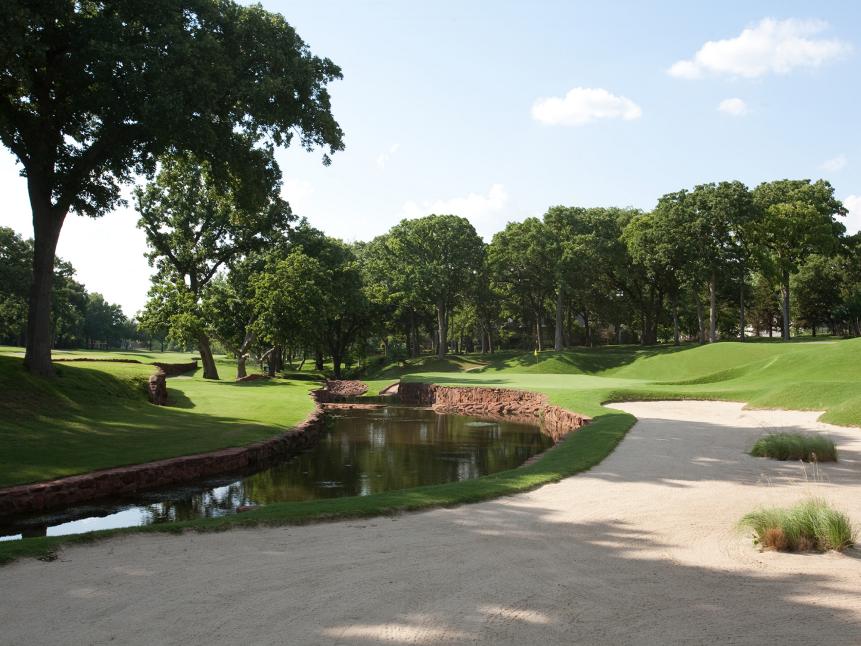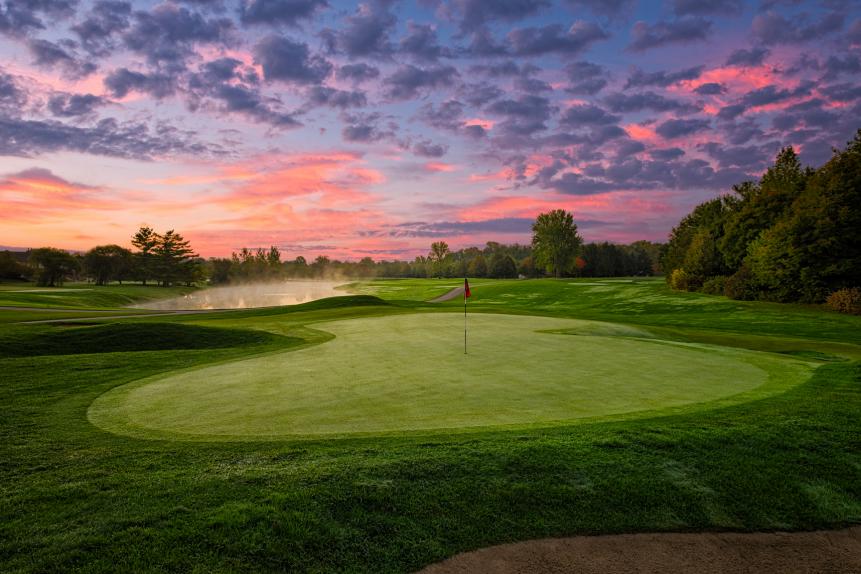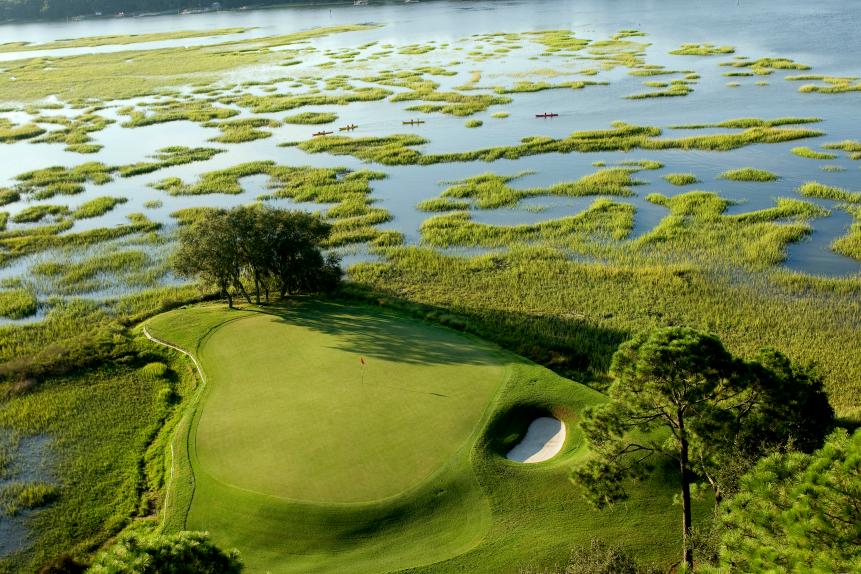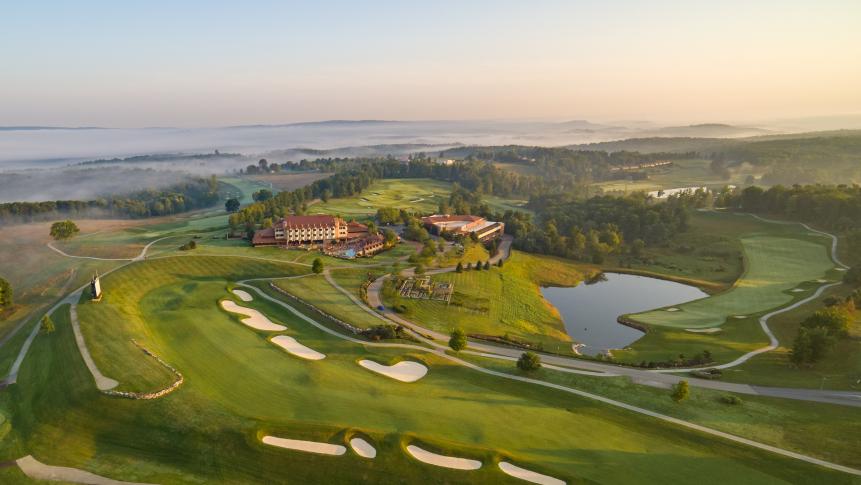Places to Play
The best Pete Dye courses, ranked
In 1963, Pete Dye and his wife, Alice, toured the British Isles, studying the architecture of dozens of courses. The trip would become one of the most consequential in the history of golf course design, as when the Dyes returned, they designed Crooked Stick Golf Club in Indiana. “Crooked Stick is where Pete Dye became Pete Dye,” Golf Digest Architecture Editor Derek Duncan writes.
The Dye and Jack Nicklaus collaboration at Harbour Town in Hilton Head Island, S.C., followed a few years later, which gave Dye national attention for his dramatic concoction of deceptive corridors, wood railroad-tie water hazards and tiny greens on a flat piece of land. Dye continued to defy convention throughout his career, forging a bold style of architecture meant to intimidate the player, no more so than at the island green 17th at TPC Sawgrass.
By any measure, Dye is one of the greatest architects in the game’s history. Dye has 14 courses ranked on our latest America’s 100 Greatest and Second 100 Greatest lists, second only to Tom Fazio. His designs have hosted major championships, Ryder Cups and the Players Championship. After his death in 2020, his influence lives on through the numerous designers who worked under him, including Tom Doak, Bill Coore, Bobby Weed and Rod Whitman.
Based on scores from our 1,800 course-ranking panelists, we’ve ranked the best courses designed by Pete Dye. (Note: This is a ranking of U.S. courses only, so the Teeth of the Dog at Casa de Campo does not appear here.) Scroll on for the complete ranking, and be sure to click through to each individual course page for bonus photography and reviews from our course panelists. We also encourage you to leave your own ratings on the courses you’ve played … so you can make your case for why a course should be higher or lower on our rankings.











From architecture editor Derek Duncan: The Dye Course at White Oak, our 2022 Best New Private Course winner, is one of the most exclusive golf courses to be built in recent memory. It’s located on the border of Florida and Georgia outside Jacksonville, in almost complete natural isolation. It has no members, no on-site clubhouse (or any other structures on or near the course), and hardly anyone has played it except for personal invitees of owner Mark Walter and several dozen Golf Digest panelists, who visited between October 2021 and September 2022. Walter engaged the late Pete Dye to design the course in 2013, but by the time construction began in 2017, Dye’s health had deteriorated, and he was no longer able to be active in building it. The job of finishing White Oak fell to longtime confidant and veteran course builder Allan MacCurrach, who interpreted Dye’s wishes based on extensive discussions from previous years and his own wealth of experience working with Dye on over 20 projects.
You can find our architecture editor's complete review, here.









• • •
Explore Golf Digest's new Course Reviews section where you can submit a star rating and evaluation on all the courses you’ve played. We've collected tens of thousands of reviews from our course-ranking panelists to deliver a premium experience, which includes course rankings, experts' opinions, bonus course photography, videos and much more. Check it out here!





